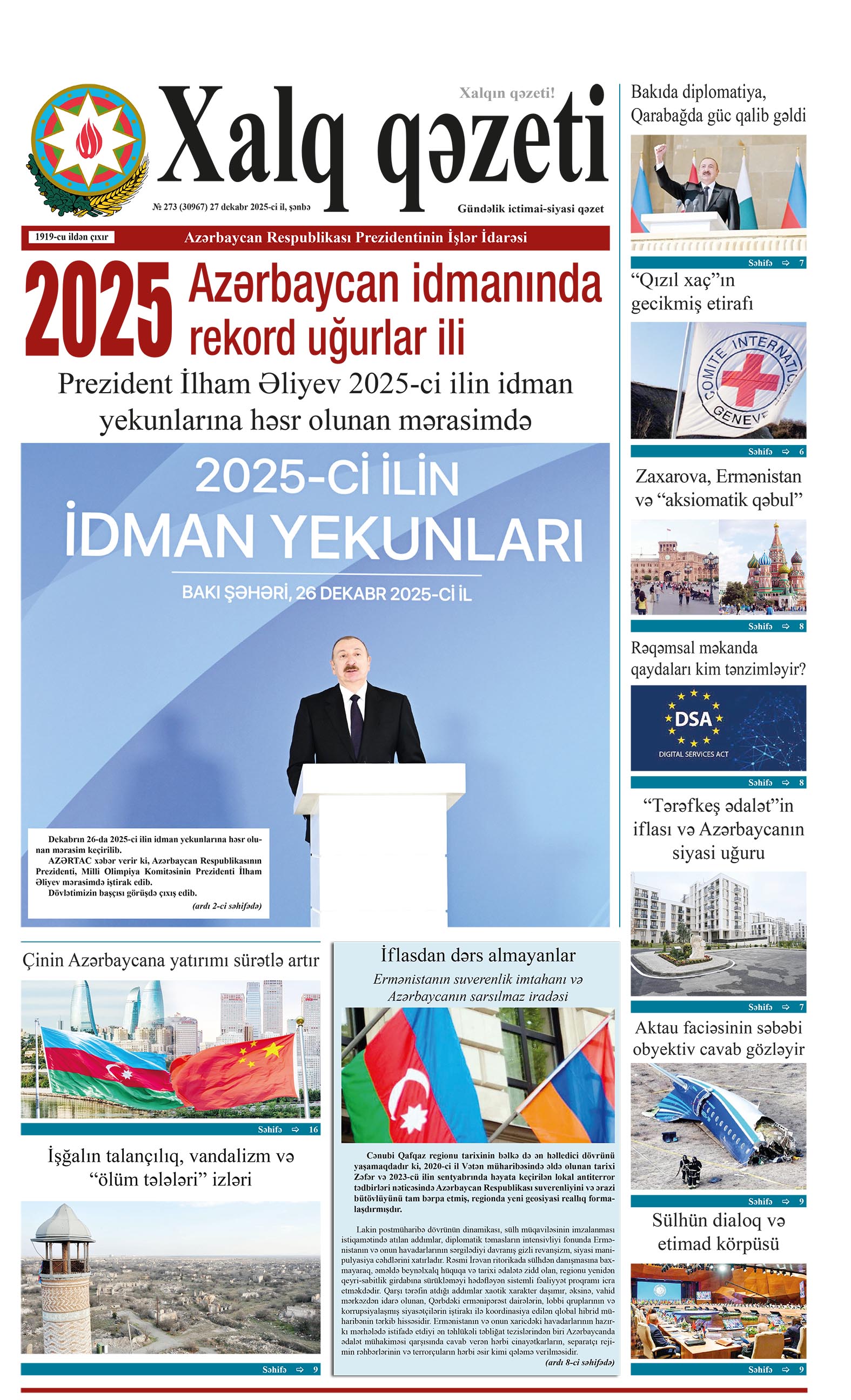A cross-sectional and longitudinal analysis examined the distribution of people by obesity level using the European Association for the Study of Obesity's (EASO) new framework and determined the risk of death of those newly diagnosed with obesity by this framework, according to Medical Xpress.
The study found that according to the new framework, one in five US adults were reclassified as having obesity. However, their mortality risk was similar compared with adults with normal weight.
The researchers say the EASO framework may provide a more sensitive tool for diagnosing obesity disease earlier than BMI alone. The study is published in Annals of Internal Medicine.
EASO recently introduced a new framework to define obesity that incorporates anthropometric measures beyond body mass index (BMI) and clinical comorbidities; however, the framework has not been validated.
Researchers from Ariel University, Tel Aviv University, and Holon Institute of Technology studied data from 44,030 US adults aged 18 to 79 who participated in NHANES (National Health and Nutrition Examination Survey) from 1999 to 2018 to examine the distribution of overweight and obesity and determine the prevalence of complications and the risk for death of those newly diagnosed with obesity by this framework.
The researchers found that with the new definition of obesity, 18.8% of the study population, who were previously identified as overweight based on BMI alone, were now newly classified as obese.
The most prevalent complications among persons newly identified as having obesity were hypertension (79.9%), arthritis (33.2%), diabetes (15.6%), and cardiovascular disease (10.5%). Similar mortality risk was found among the newly identified persons with obesity compared with adults with normal weight, whereas persons with a BMI of 30 kg/m2 or greater had almost a 20% higher hazard of dying.
However, when compared with persons with normal weight who did not have major morbidities, newly identified persons with obesity had a 50% higher hazard of dying, although this higher risk was no greater than the higher risk seen among persons with normal weight and comorbidities.
Higher risk was seen among persons with obesity compared with persons with overweight, according to both the new EASO framework and the traditional BMI definition.
The findings suggest that further studies are needed to examine whether persons newly identified as having obesity by the EASO framework would benefit from obesity treatment.



















